
Benefits of Green Facades for Your Home
Last Updated: Apr 9, 2025Back in elementary school, most of us probably learned that plants could use the carbon dioxide in the air for photosynthesis to produce oxygen that they subsequently release into the air we breathe. Walking through a dense forest, the sensation of rich, pure air is exceptionally different from the air that many of us breathe in the congested towns and cities where we live. Increasing the “greenness” around our homes, then, is one easy way to improve the air we breathe daily.
While there are dozens of water-friendly landscaping strategies to reduce dependence on agrochemicals, grow healthy and organic food, reduce and prevent erosion, and even improve the thermal performance of your home, most people probably believe that plants and trees belong in the yard and not on the exterior walls of our homes. However, green facades can be a resilient and inexpensive way to create thermally comfortable and visually stunning homes. This article explains how homeowners can sustainably and creatively install a wide range of high-performance and aesthetically pleasing green facades over the exterior walls of their homes.
Table of Contents
- What Is a Green Facade?
- Are Green Facades Different Than Living Walls?
- Benefits of Green Facades for your Home, the Environment, and Your Health
- Best Types of Plants for Green Facades
- When Green Facades Might Not Work for Homeowners
- Bottom Line
What Is a Green Facade?
Green facades are created by purposefully growing climbing plants both up and across the facade of a building. While most green facades are designed from plants that are either planted directly into the soil or in pots at the base of the exterior wall, some green facades place containers at varying levels across the building, especially in multistory buildings.
Are Green Facades Different Than Living Walls?
Green facades are different from living walls. Green facades use a trellis system to hold the vines of plants rooted directly into the ground, a living wall has a system of wall modules such as bags or mini containers that hold the roots of each plant. Living walls almost always require a separate irrigation system, which increases the cost and the complexity of the system. Simultaneously, the plants that make up green facades receive their water requirements directly from the rain outside and soil on the ground.

While both options offer similar benefits and advantages that we explain below, green facades are widely considered less expensive, easier to design and install, and require less maintenance and infrastructure.
Benefits of Green Facades for your Home, the Environment, and Your Health
First, building a green facade is a relatively easy way to add a creative aesthetic dimension to your home's exterior facade. The climbing plants and ivies used for green facades are compatible with several different exterior cladding options. They can combine interestingly with brick, cement, rock, and other hard exterior home finishes. Besides their visual appeal, however, green facades offer several other benefits and uses, including:
- Acoustic Buffering: Green facades can function as an acoustic solution to dampen the noise from outside and increase the sense of peace and quiet within your home. According to one study, green facades have the ability to mute street noise from 2.5 dB to 3dB. This subsequently reduces internal noise reverberation within the home.
- Biodiversity and Habitat: A green facade can also provide needed habitat for several urban creatures, including birds, butterflies, spiders, and other insects. While some homeowners might recoil at the idea of creating a habitat for potentially “unwanted” species, creating exterior habitat might very well dissuade insects from wanting to make their way into your home or keep birds from building nests in your gutters.
- Biophilic Design for Improved Mental Health: Imagine waking up early one morning, looking out your bedroom window, and seeing several hummingbirds feeding on the bright purple wisteria flowers blooming right outside your house. Covering your home exterior is a simple way to incorporate a biophilic design that can subsequently improve your health through more direct contact with the natural world in the places we inhabit.
- Increased Thermal Insulation: The thick layer of green plant material covering parts of your home's exterior walls can protect your walls from direct solar radiation. This will cause your home to absorb less heat during the day and lose less heat at night. Several types of plants used in green facades, such as every green ivy, will continue to adorn your home throughout the fall and winter, thus helping to protect your home from the frigid winter temperatures. When combined with high-quality insulation, a green facade can improve the energy efficiency of your home and lower the heating and cooling loads of your home.
- Healthier Cities and Cleaner Air: The plants used by a green facade can improve the air quality around your home, especially for people who live in urban areas. Plants have the ability to capture fine particulate matter released by cars, factories, and other common pollutants of urban air. Plants can even capture fine particulate matter such as metals like lead and cadmium and move them into the soil and out of the air that we breathe. Because plants cause evaporation and transpiration, they also play an important role in lowering the summer temperatures around the buildings we live in, thus, reducing the urban heat island effect.
- Potential for LEED Credits: Green facades also can help your home gain LEED credits, including credits for landscape design, water efficiency, sustainable site, energy and atmosphere, and innovation in design.
Best Types of Plants for Green Facades
In many cases, the best types of climbing plants for green facades are local and native vegetation that is well suited to the particular climate, soil, and other elements of your region. However, certain types of climbing plants have been adapted to a wide range of contexts and have proven performance in quickly developing a multi-functional green facade. To choose the best type of plant for your green facade, it is important to consider whether you prefer self-climbing plants that don’t require any climbing assistance infrastructure or “twiners,” which aggressively send up stems around a support system.

The advantage of self-climbing plants for a green facade is that you will not have to invest in a separate support system such as cables, ropes, or fasteners. The downside is that some of these types of self-climbers will develop aerial root systems to attach themselves to the wall of your home. If there are any cracks in your house’s exterior, these aerial roots can cause damage over time.
Gardening & Outdoor
Shop the best high-performing gardening and outdoor products that impact your health, wealth, and the planet through their use.
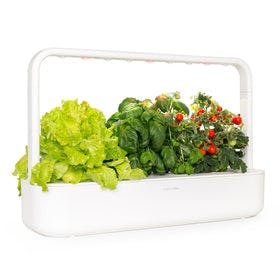
Click & Grow Smart Garden 9
Click & Grow
In Stock
3 Colors
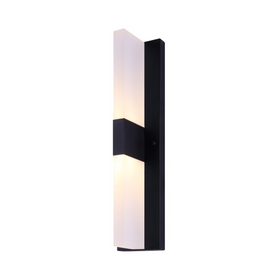
Canarm CORIN LED Black Outdoor Light
Canarm
Out of Stock
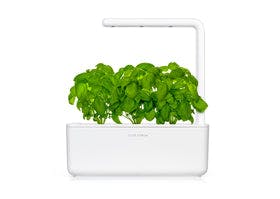
Click & Grow Smart Garden 3
Click & Grow
In Stock
3 Colors
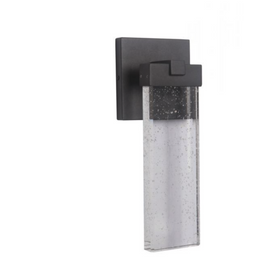
Craftmade Aria Outdoor LED Wall Mount Light
Craftmade
In Stock
2 Colors
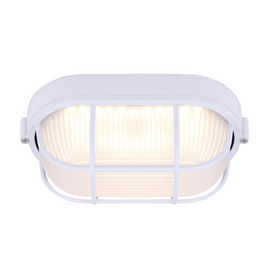
Canarm LOL386WH White LED Outdoor Sconce
Canarm
In Stock
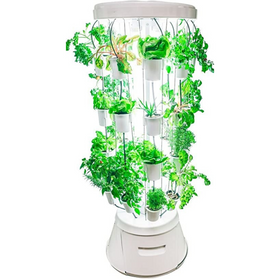
Nutritower Vertical Hydroponic Indoor Garden
Nutritower
Out of Stock
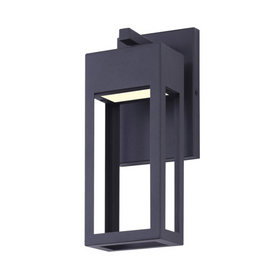
Canarm FAE LED Black Outdoor Light
Canarm
In Stock
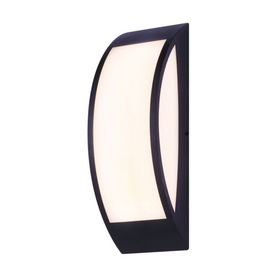
Canarm BARDO LED Black Outdoor Light
Canarm
In Stock
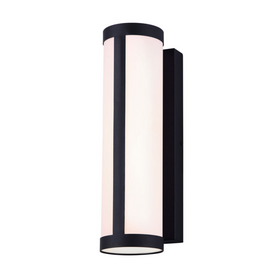
Canarm SINDRI LED Black Outdoor Light
Canarm
In Stock
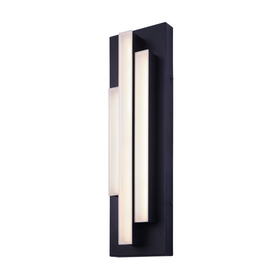
Canarm LOKI LED Black Outdoor Light
Canarm
In Stock
Tobias Roberts
Tobias runs an agroecology farm and a natural building collective in the mountains of El Salvador. He specializes in earthen construction methods and uses permaculture design methods to integrate structures into the sustainability of the landscape.

